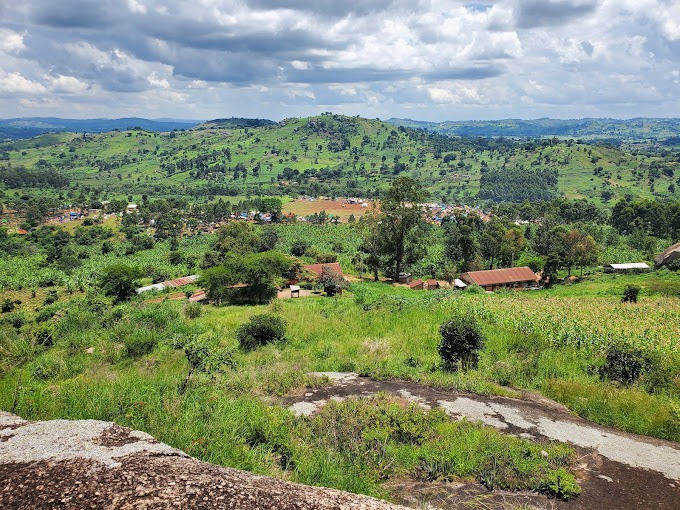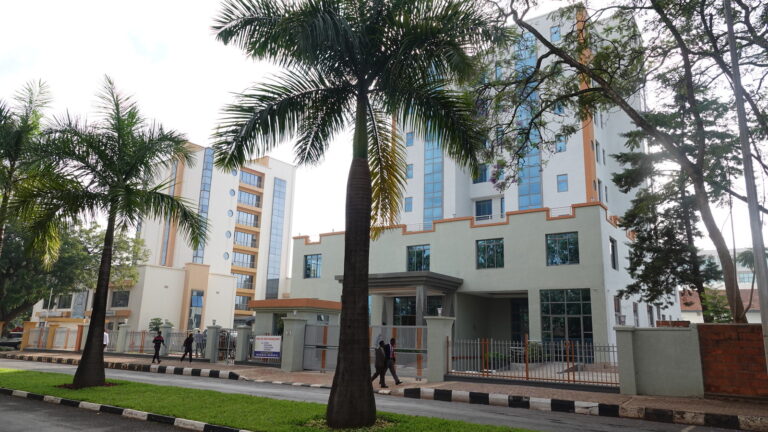History of Adventist Church in Uganda
Introduction
The Adventist Church’s journey into Uganda was a testament to faith, perseverance, and the unwavering commitment of missionaries and believers. In this historical account, we delve into the early days of Adventist work in Uganda, tracing the challenges faced and the triumphs achieved.
Exploring New Territories: The Vision Begins (1903-1927)
Pioneering Dreams and Struggles
In the early 20th century, Adventist missionaries harbored a vision of spreading their message to Uganda. This dream began in 1903 when discussions at the Cape Town council meetings revealed a collective desire to establish a presence in southern and eastern Africa. Key figures like Joseph Booth embarked on exploratory missions to Uganda, discovering a receptive populace and favorable conditions for mission work. However, initial attempts to secure funding from the General Conference faced challenges.
A Vision Ignites: A Call to Uganda (1905-1906)
Seeds of Inspiration
The vision to reach Uganda gained momentum in 1905 when President A. G. Daniells, addressing the General Conference, urged the Church to extend its mission to lands like Uganda. Responding to this call, the British Union Conference appointed A. A. Carscallen, accompanied by A. C. Enns and Joseph Nyambo, to venture into British East Africa.
Funding the Vision: A Collective Effort (1906-1907)
A Multinational Endeavor
To support the mission to Uganda, resources flowed from America and Europe. The Iowa Conference committed $5,000, and the General European Conference allocated $5,000 for opening mission stations in Uganda and other regions. In August 1906, A. A. Carscallen and Peter Nyambo were appointed to spearhead the work in Uganda.
Setting Foot on New Soil: Kavirondo Bay (1906-1907)
Landfall in Kavirondo
On November 27, 1906, A. A. Carscallen and companions arrived at Kavirondo Bay on Lake Victoria’s southern shores. This region, inhabited by various ethnic groups, was a battleground for British and German colonial interests. The delineation of boundaries through agreements influenced the course of Adventist mission work.
The Adventist Fire Burns Brighter: Missionary Volunteer Program (1911)
A Spark of Inspiration
In 1911, the Missionary Volunteer program introduced the book “Uganda’s White Man of Work,” chronicling the pioneering missionary Alexander MacKay’s life. This ignited a passion for mission work among Adventist youth and shifted the Church’s focus toward global missions.
Navigating Religious Complexities: Delicate Ground (1908-1927)
A Complicated Terrain
Religious rivalries and territorial disputes among faith groups complicated mission efforts in Uganda. Spheres of influence, demarcated boundaries, and pre-existing tensions hindered the introduction of new religious denominations.
Financial Backing: A Call to Support (1927)
Rallying for Uganda
In 1927, the General Conference treasurer, J. L. Shaw, issued a financial appeal to Sabbath Schools worldwide to support mission work in East and Northeast Africa. The Church aimed to establish a more robust presence in Uganda, a region with significant potential for gospel impact.
The Turning Point: Abolishing Spheres of Influence (1927)

Clearing the Path
In late 1927, after the abolition of spheres of influence, W. T. Bartlett and S. G. Maxwell undertook an extensive tour of Uganda. Their goal was to identify an ideal location to establish mission work. Eventually, an old coffee estate in Nchwanga, Mubende District, was acquired as the first Adventist mission station in Uganda.
Pioneering Spirit: Laying Foundations (1928)
Building a Legacy
S. G. Maxwell and Petro Risasi settled in Nchwanga, followed by six African workers. These pioneers laid the foundation for the Seventh-day Adventist Church in Uganda.
Organizing for Growth: Uganda Mission (1927-1943)
Institutional Development
In 1927, the Uganda Mission was officially established, operating under the European Division. As mission work expanded, Uganda saw the birth of multiple mission stations, creating a strong base for Adventist activities.
Constant Evolution: Missionary Activity (1930-1955)
Dynamic Expansion
Missionary activities in Uganda evolved as the Church grew. Schools, churches, and a training center were established to equip missionaries and leaders. By 1955, Uganda had six mission stations and a thriving membership.
Advent of Central Uganda Field (1982-2009)
Organizational Adaptations
In 1982, Uganda underwent organizational changes, leading to the creation of the Central Uganda Field. This new administrative unit oversaw mission work in Buganda, Busoga, and other districts. Later, in 2009, it achieved conference status, a significant milestone.
Divisions Overseeing Uganda’s Journey
Guiding Leadership
Throughout its history, Adventist work in Uganda fell under the purview of different divisions, including the European Division, Northern European Division, Southern Africa Division, and others, reflecting the global nature of the Church’s mission.
Conclusion
The history of the Seventh-day Adventist Church in Uganda is a testament to the indomitable spirit of pioneers and the transformative power of faith. From humble beginnings to the establishment of a conference, the Adventist journey in Uganda reflects a legacy of dedication and unwavering commitment to spreading the gospel to all corners of the world.






So wonderful information always send and God bless his church
Thanks for the update
This history is very helpful for the knowledge about our faith. May God continue to guide us, gives us more knowledge.
Good work. I need more……. please
The gospel will be preached in the whole world, then our Lord and savior Jesus Christ will return to take us home.
Let us comfort one another with this hope of His soon return.